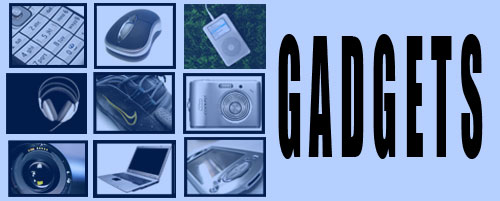Nokia Secure Voice Encryption Configuration and user manual
Our Secure Nokia phones ensure your privacy during the conversation with another user with the same secure software. No matter if you are private person, corporate or VIP: Nabishi Secure Voice software for Nokia phones has a solution for you, secure GSM voice encryption security.
Our Secure phones work against any GSM voice interception.
With high grade security, strong cryptographic protection and certification the our Secure Nokia phone and software ensures your total peace of mind against eavesdropping.
The Nokia Secure Voice phones software is a high security software for mobile GSM communication with up to 5 Layers of protection!
It uses RSA 2048 Master Keys Pair, RSA 1024 Session keys, AES 256, Hardware Random generator and much more to ensure your privacy.
Our Secure Nokia phones and Secure software is rated TOP SECRET level of confidence. RSA Laboratories currently recommends key sizes of 1024 bits for corporate use and 2048 bits for extremely valuable keys like the root key pair used by a certifying authority.
Specifications:
• Diffie-Hellman key exchange algorithm
• RSA 2048 Master Keys Pair
• Password authenticated key agreement
• MD5 digest algorithm
• Hardware Random Generator
• AES 256 bit symmetric data protection
• RSA 1024 asymmetric session keys
• RSA Streaming protection
• Man in the middle protection
• Triple combination of asymmetric and symmetric encryption
• Superior audio quality
• As low latency as possible on target network
• Random session key, replaced 10 times per second
Get pdf Nokia Secure Voice Encryption Configuration and user manual

